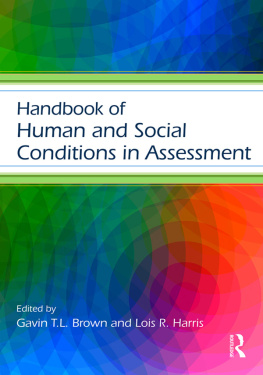Handbook of Human Behavior and the Social Environment
Handbook of Human Behavior and the Social Environment
A Practice-Based Approach
Roberta R. Greene
Joe M. Schriver
First published 2016 by Transaction Publishers
Published 2017 by Routledge
2 Park Square, Milton Park, Abingdon, Oxon OX14 4RN
711 Third Avenue, New York, NY 10017, USA
Routledge is an imprint of the Taylor & Francis Group, an informa business
Copyright 2016 by Taylor & Francis.
All rights reserved. No part of this book may be reprinted or reproduced or utilised in any form or by any electronic, mechanical, or other means, now known or hereafter invented, including photocopying and recording, or in any information storage or retrieval system, without permission in writing from the publishers.
Notice:
Product or corporate names may be trademarks or registered trademarks, and are used only for identification and explanation without intent to infringe.
Library of Congress Catalog Number: 2016005379
Library of Congress Cataloging-in-Publication Data
Names: Greene, Roberta R. (Roberta Rubin), 1940- author. | Schriver, Joe M., author.
Title: Handbook of human behavior and the social environment : a practice-based approach / Roberta R. Greene and Joe M. Schriver.
Description: New Brunswick : Transaction Publishers, 2016. | Includes bibliographical references and index.
Identifiers: LCCN 2016005379 (print) | LCCN 2016005990 (ebook) | ISBN 9781412862844 (hardcover) | ISBN 9781412863216 (pbk.) | ISBN 9781412862349 (eBook) | ISBN 9781412862349
Subjects: LCSH: Human behavior. | Social service.
Classification: LCC HM1033 .G74 2016 (print) | LCC HM1033 (ebook) | DDC 302--dc23
LC record available at http://lccn.loc.gov/
1984 1984 2016005379
ISBN 13: 978-1-4128-6284-4 (hbk)
ISBN 13: 978-1-4128-6321-6 (pbk)
Contents
This chapter introduces the Handbook, a state-of-the-art compendium of key theories applied in the social work profession. The chapter also describes the current social work curriculum developed by the Council on Social Work Education Commission on Educational Policy and Accreditation Standards. In addition, it discusses the Council's 2015 mandate that human behavior and the social environment (HBSE) be used to inform and guide the processes of client engagement, assessment, intervention, and evaluation with individuals, families, groups, organizations, and communities.
This chapter discusses the ecological perspectivethe unifying conceptual base of HBSE. Also known as the person-environment construct, its key assumptions and terms offer a means of applying HBSE theories differentially, depending on client system size, context, and needs throughout the processes of engagement, assessment, and intervention.
This chapter describes the use ofHBSE theory to support social workers in engaging diversity and difference in practice. The theory and models presented are guided by the ecological systems perspective and symbolic interaction theory. These are contrasted with Afrocentric concepts intended to inform micro- and macropractice with individuals, families, groups, organizations, and communities. Major concepts include power, oppression, and identity formation. Strategies to try and eliminate personal bias and to promote human rights are discussed.
This chapter presents selected developmental theories and reviews how they inform the social work practice processes of engagement, assessment, and intervention. The strengths and limitations of developmental theory in regard to difference are also discussed.
This chapter presents HBSE theory for engaging, assessing, and intervening with individuals in social work practice. Itfirst outlines the historical evolution of the cognitive movement, applying the terms and assumptions of behavioral, social learning, and cognitive behavior theorypart of the positivist scientific paradigm. These ideas are then contrasted with social constructionism, a school of thought linked to the shift in paradigm to postmodern thinking. Each theory provides a different way of viewing the social work helping process.
This chapter presents the use of structuralist HBSE theory to engage, assess, and intervene with families. The primary assumptions discussed are derived from general systems theory and are augmented with selected theoretical frameworks and practice strategies taken from the family therapy literature. The knowledge, attitudes, and skills necessary for competency-based practice are applied to illustrate family-centered social work practice.
This chapter presents HBSE theories for social work practice with groups. Mutual aid in social work groups and Yalom's existential group therapy processes are contrasted, illustrating the sociohistorical context of theory construction. Transtheoretical content is also explored.
This chapter presents HBSE theory for social work practice with organizations (occupational social work). It outlines HBSE theory that informs social work practice with workers and their families at the job site (employee assistance programs). The chapter also provides HBSE theory to guide social workers in carrying out organizational change strategies. It then discusses the application of leadership theory for social workers who carry out administrative or managerial roles as part of organizational change.
This chapter presents HBSE theories for social work practice with communities. It traces the historical development of how people relate to one another as members of a society. It then provides an overview of macrolevel social work practice approaches for community assessment and asset-building interventions.
This chapter presents a metatheory of the risk and resilience approach to practice with individuals, families, groups, organizations, and communities. It suggests that when the risk and resilience approach to social work practice is amplified by the ecological perspective and other related theoretical frameworks, the combination of precepts constitutes an HBSE theory and practice model that bridges the gap between genetics and the global ecology.
Chapter 1
Chapter 2
Chapter 3
Chapter 4
Chapter 5
Chapter 6
Chapter 7
Chapter 8
Chapter 9
Chapter 10
Figures
Chapter 1
Chapter 2
From The Ecology of Human Development (p. 265), by U. Bronfenbrenner, 1979, Cambridge, MA: Harvard University Press.
From The Expanded Family Life Cycle: Individual, Family,






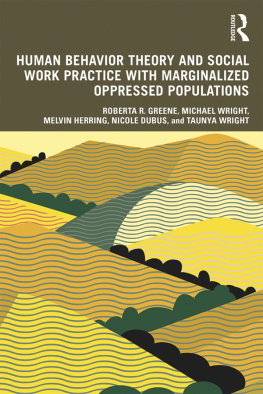
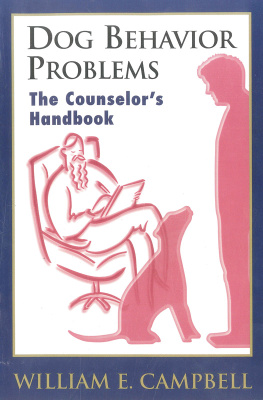
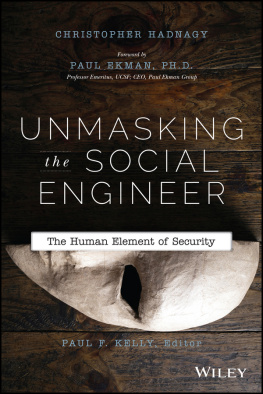

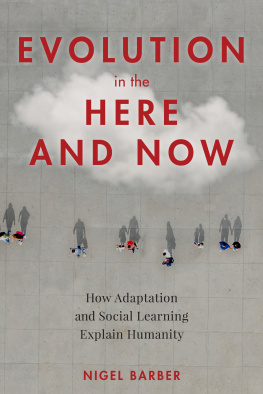
![switching.social [switching.social] - The Switching Social Handbook](/uploads/posts/book/131346/thumbs/switching-social-switching-social-the-switching.jpg)
